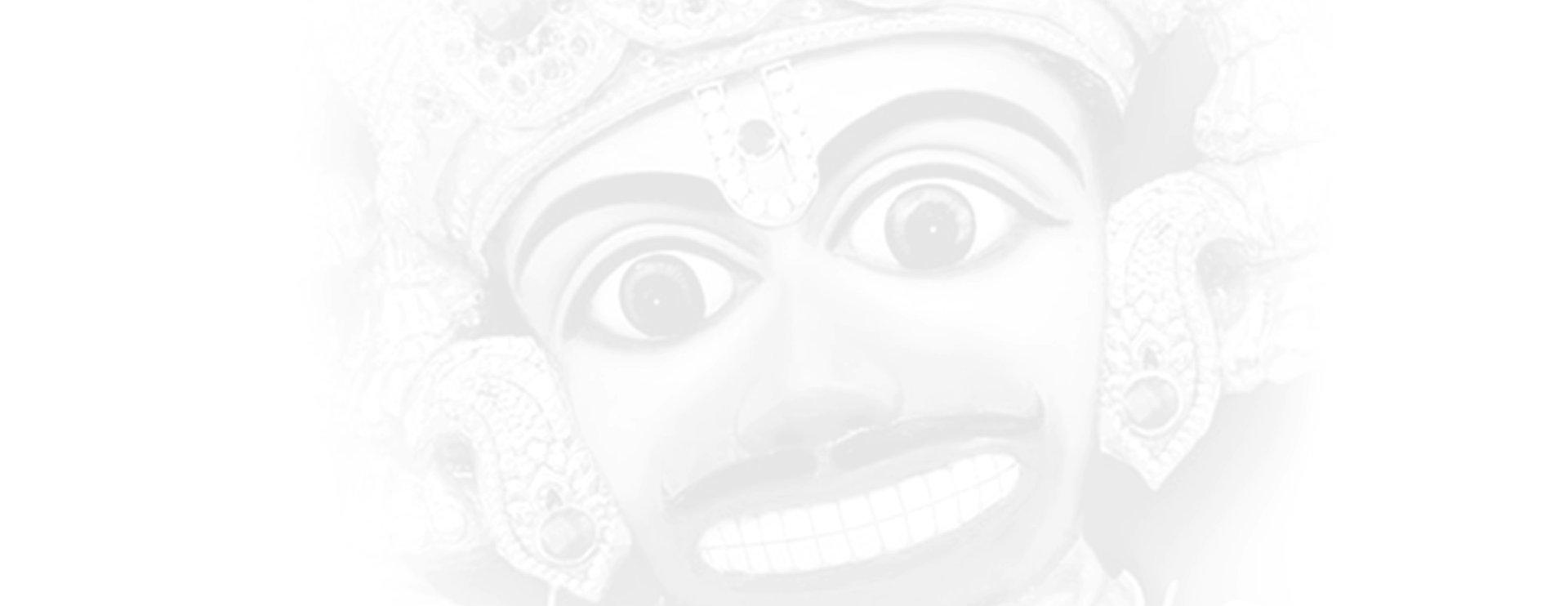













"When Hanumanji is the protector, no fear can touch the soul. His divine presence destroys all obstacles, gives strength in every challenge, and fills life with unshakable faith. At Kashtbhanjan Dev, we share this daily darshan so you begin each day blessed, fearless, and spiritually connected."
